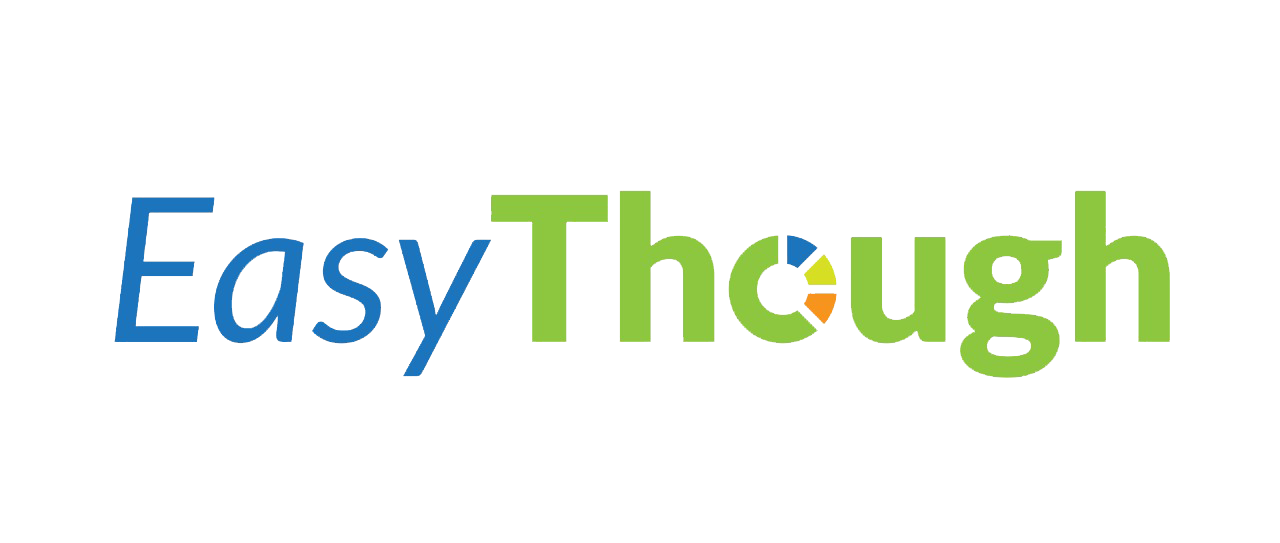In the ever-evolving digital landscape, businesses must leverage the power of content marketing and SEO to stand out and attract their target audience. While content marketing focuses on creating valuable and engaging content, SEO ensures that this content reaches the right audience through search engines. But how exactly are content marketing and SEO connected? Let’s dive into their relationship and discover how they complement each other.
Understanding Content Marketing and SEO
Before we explore their connection, it’s essential to define these two critical elements of digital marketing.
- Content Marketing: The strategic approach of creating and distributing valuable, relevant, and consistent content to attract and retain a defined audience, ultimately driving profitable customer action.
- SEO (Search Engine Optimization): The practice of optimizing web content to rank higher in search engine results, increasing visibility and organic traffic.
The Symbiotic Relationship Between Content Marketing and SEO
Content marketing and SEO work hand in hand, enhancing each other’s effectiveness. Here’s how they are interconnected:
- Content Provides Value, SEO Provides Visibility: Content marketing generates informative, engaging content that SEO helps surface in search results.
- Keywords Bridge the Gap: SEO involves identifying keywords your audience searches for, which are then naturally integrated into high-quality content.
- Quality Content Earns Backlinks: Well-optimized, authoritative content attracts backlinks, which enhance SEO rankings.
- Improved User Experience: SEO focuses on optimizing page load speeds, mobile-friendliness, and navigation, which keeps readers engaged with the content.
- Search Intent Alignment: Understanding the intent behind search queries helps create content that meets users’ needs, improving both SEO and engagement.
Comparative Analysis: Content Marketing vs. SEO
| Aspect | Content Marketing | SEO |
|---|---|---|
| Focus | Engaging and valuable content creation | Optimizing content for search engines |
| Goal | Build audience trust and engagement | Improve search visibility and ranking |
| Metrics | Engagement, shares, lead generation | Organic traffic, rankings, click-through rates |
| Techniques | Blogs, videos, social media, infographics | On-page SEO, backlinks, technical SEO |
| Long-Term Impact | Establishes brand authority | Provides sustained organic growth |
Key Elements of an SEO-Friendly Content Marketing Strategy
To maximize the effectiveness of content marketing with SEO, businesses should focus on the following elements:
1. Keyword Research and Implementation
- Conduct thorough keyword research to understand search trends.
- Use keywords naturally within headings, subheadings, and body text.
- Incorporate long-tail keywords for specific user intent.
2. Content Structure and Readability
- Utilize clear headings (H1, H2, H3) for easy navigation.
- Keep paragraphs short and concise for improved readability.
- Include bullet points and numbered lists to break up content.
3. On-Page SEO Optimization
- Optimize meta titles and descriptions with target keywords.
- Use alt text for images to improve accessibility and searchability.
- Improve URL structure by keeping it clean and keyword-rich.
4. Content Distribution and Promotion
- Share content across social media channels to increase visibility.
- Leverage email marketing to drive traffic back to content.
- Partner with influencers to amplify reach.
5. Measuring Performance with Analytics
- Use tools like Google Analytics and Search Console to track traffic and rankings.
- Monitor bounce rates and time spent on page to adjust content strategies.
- Conduct regular content audits to identify areas for improvement.
The Role of Different Content Types in SEO
Various content formats contribute to SEO success, including:
| Content Type | SEO Benefits | Best Practices |
| Blog Posts | Drive organic traffic, establish authority | Use targeted keywords and internal linking |
| Videos | Increase engagement, boost dwell time | Add transcriptions and video descriptions |
| Infographics | Enhance shareability, attract backlinks | Optimize for image search with alt text |
| E-books | Lead generation, establish thought leadership | Include keyword-rich landing pages |
Common Mistakes to Avoid in Content Marketing and SEO
Avoiding common pitfalls is crucial for success. Some common mistakes include:
- Keyword Stuffing: Overloading content with keywords can hurt readability and rankings.
- Ignoring Mobile Optimization: A significant portion of traffic comes from mobile users.
- Neglecting Analytics: Without tracking performance, improving content strategies is difficult.
- Lack of Consistency: Irregular posting can hinder audience engagement and SEO momentum.
Conclusion
Content marketing and SEO are two sides of the same coin. A successful digital marketing strategy integrates both to create valuable content that is optimized for search engines, ensuring maximum visibility and engagement. By leveraging both effectively, businesses can enhance their online presence, attract quality traffic, and achieve long-term growth.
At EasyThough, we specialize in creating SEO-friendly content marketing strategies tailored to your business needs. Contact us today to boost your online visibility and engagement.





